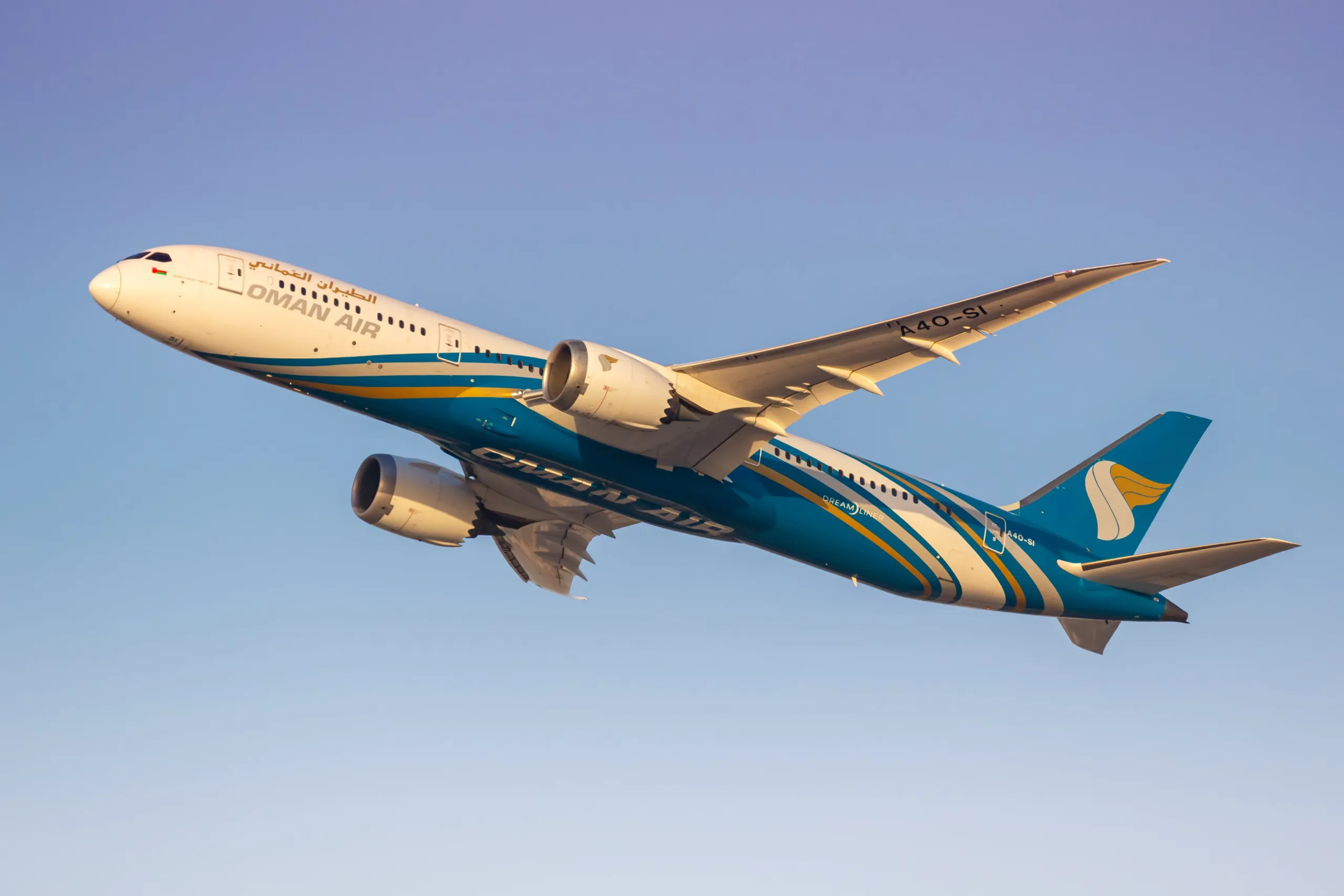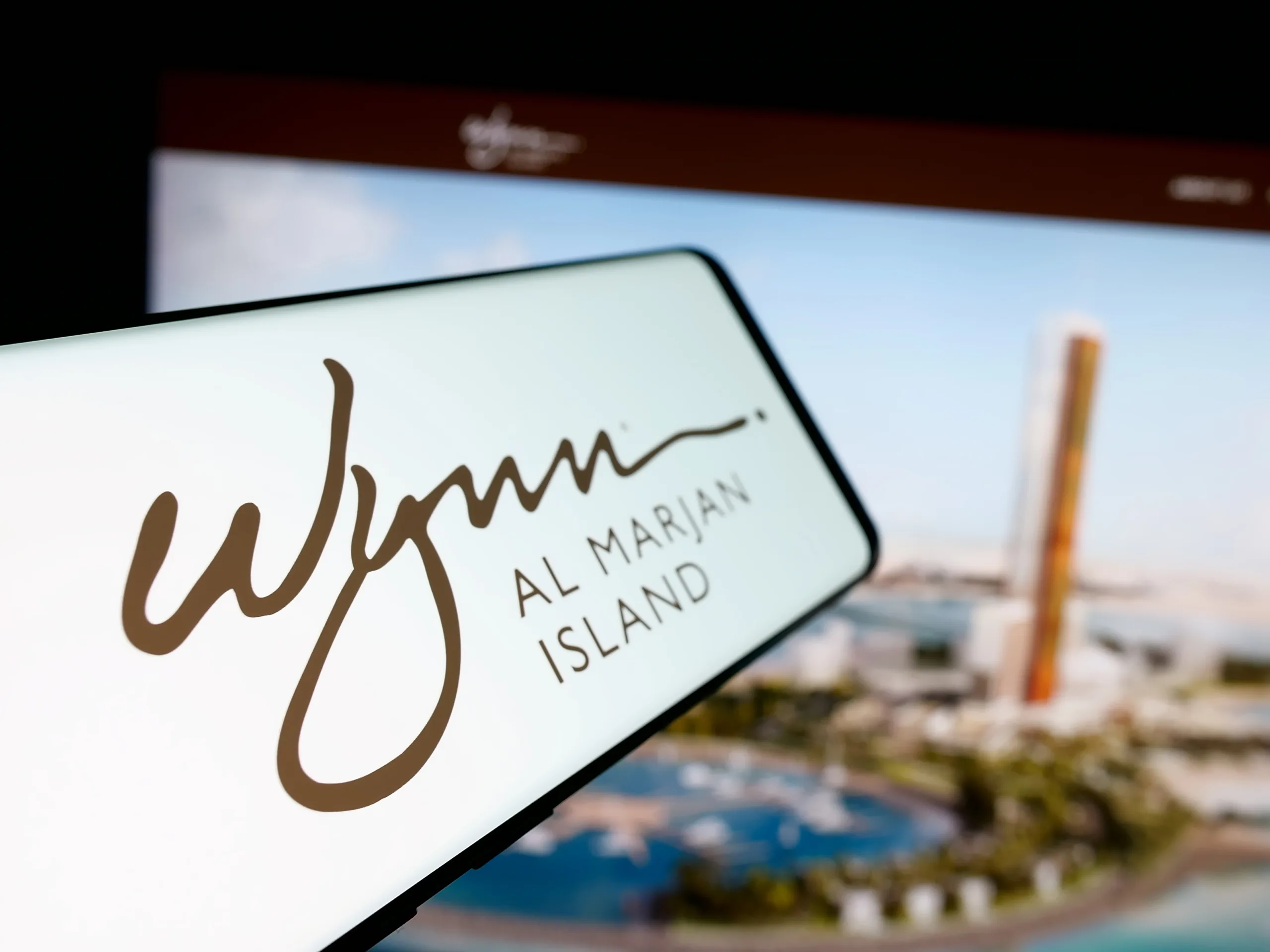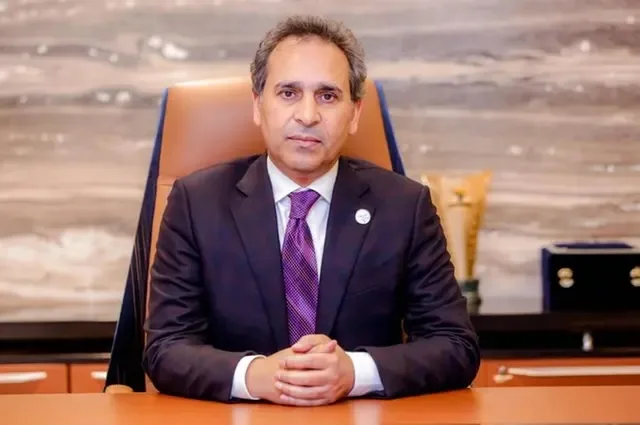Oman Air has laid off 1,100 employees and streamlined its fleet as part of a cost-cutting programme designed to improve efficiency and build connectivity through partnerships rather than go head-to-head with larger Gulf rivals.
The workforce reduction takes staffing down from approximately 4,300 to just under 3,200, the Muscat-based carrier said in a company statement. Chief Executive Con Korfiatis said the airline’s personnel-to-fleet ratio had become unsustainably high in recent years. “If you looked at the number of staff we had for the size of our fleet, we were off the charts compared to all our neighbours and to all relevant benchmarks we could find,” he said in the statement.
In parallel, the state-owned airline has accelerated a fleet reshaping focused on smaller, more efficient aircraft. Oman Air has disposed of its entire Airbus A330 widebody fleet of 10 aircraft and sold two Boeing 787-8s. It now operates about 23 narrow-body jets, mostly Boeing 737 MAX variants, and 10 Boeing 787-9s. Two additional 737 MAX aircraft are due to be delivered, one later this year and another in the third quarter of 2026, while six more Boeing 787s are scheduled to join the fleet in 2027, the company said.
Rather than expanding long-haul services in direct competition with big-spending neighbours, Oman Air is deepening code-share partnerships, including with Emirates and Qatar Airways, to feed traffic onto its network. Korfiatis said improved coordination with partner airlines had lifted seat occupancy, adding the carrier had moved “from empty cabins to 70% seat capacity” after shifting its approach. He did not disclose prior levels.
The restructuring underscores the challenges faced by smaller Gulf carriers operating in a market dominated by large super-connectors based in Dubai and Doha. Partnering allows Oman Air to access wider networks and improve load factors without matching the scale of fleet growth and marketing budgets of its regional competitors.
Oman Air’s strategy also aligns with the government’s focus on tourism-led growth as part of broader economic diversification. Korfiatis said the airline is prioritising routes and schedules that bring more visitors into the sultanate to boost in-country spending. In November last year, the Ministry of Heritage and Tourism laid out a 2040 target to attract 11 million visitors annually. The plan aims to raise tourism’s contribution to gross domestic product from 2.4% in 2021 to 5% by 2030 and 10% by 2040.
Airlines across the Middle East have been reshaping networks and fleets following the pandemic, with capacity and demand recovering at different paces by market. While premium long-haul travel has rebounded strongly for some carriers, higher operating costs, volatile fuel prices and aircraft delivery delays have pushed airlines to reassess fleet mix and staffing. Oman Air’s divestment of older widebodies and emphasis on newer 787-9s and 737 MAX aircraft reflects a push for lower unit costs and greater flexibility on medium-haul and regional routes.
The company did not detail the financial impact of the job cuts or asset sales, nor did it provide updated profitability guidance. Oman Air did not specify whether further workforce reductions were planned. The airline said its code-share approach is intended to make better use of its existing fleet while providing passengers with more one-stop connections to and from Oman via partners’ hubs.
Oman’s aviation sector is seen as a key enabler of the country’s tourism ambitions, with Muscat International Airport positioned as a gateway to heritage sites and nature destinations across the sultanate. By narrowing its fleet and expanding cooperation with larger Gulf carriers, Oman Air is betting that a leaner cost base and improved connectivity will support steady growth in visitor numbers while reducing the strain of direct competition on long-haul trunk routes.




